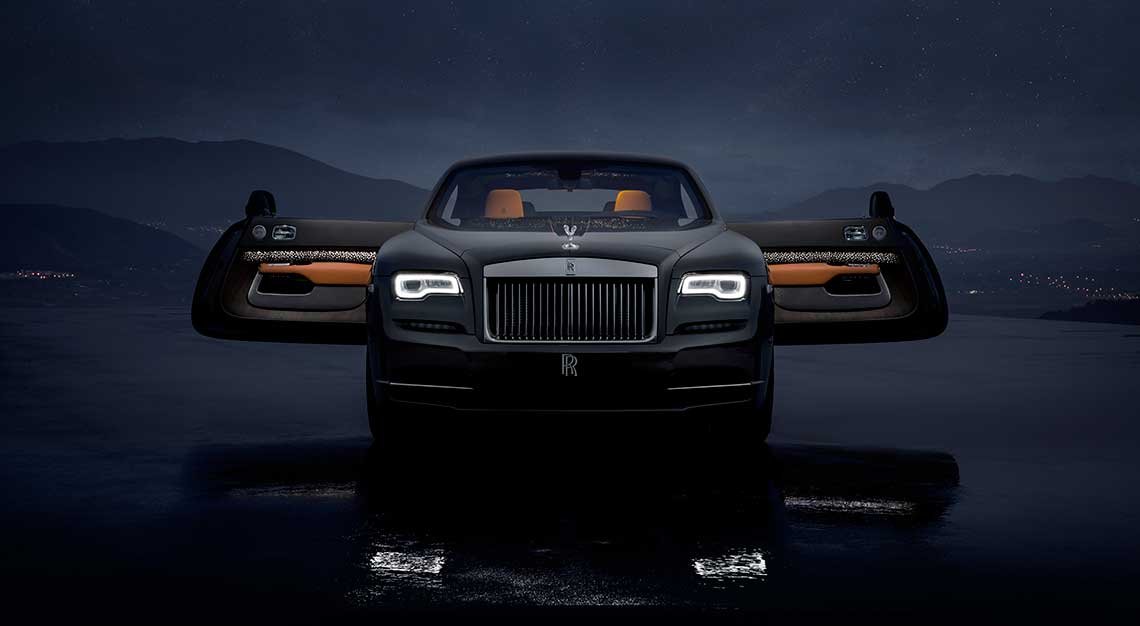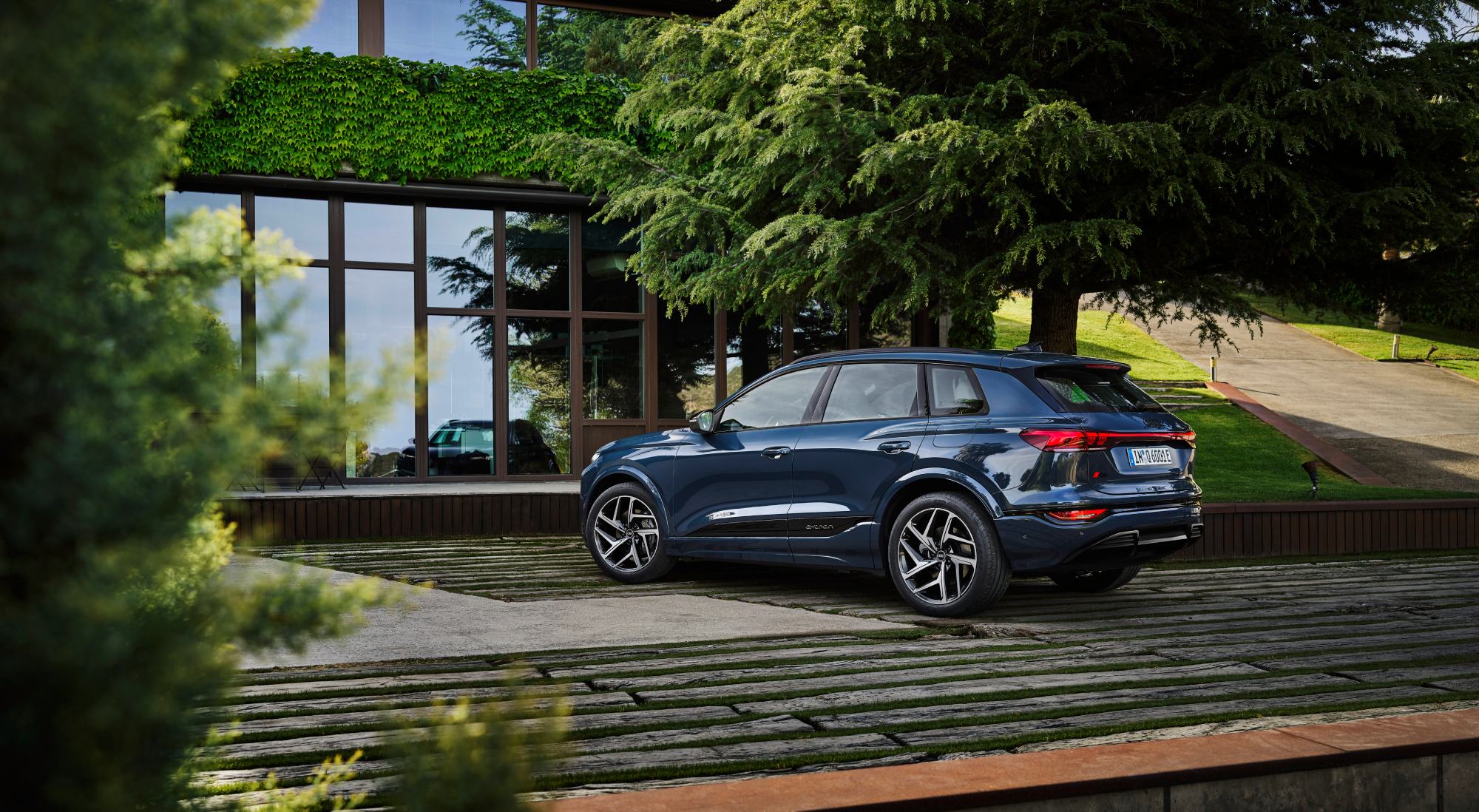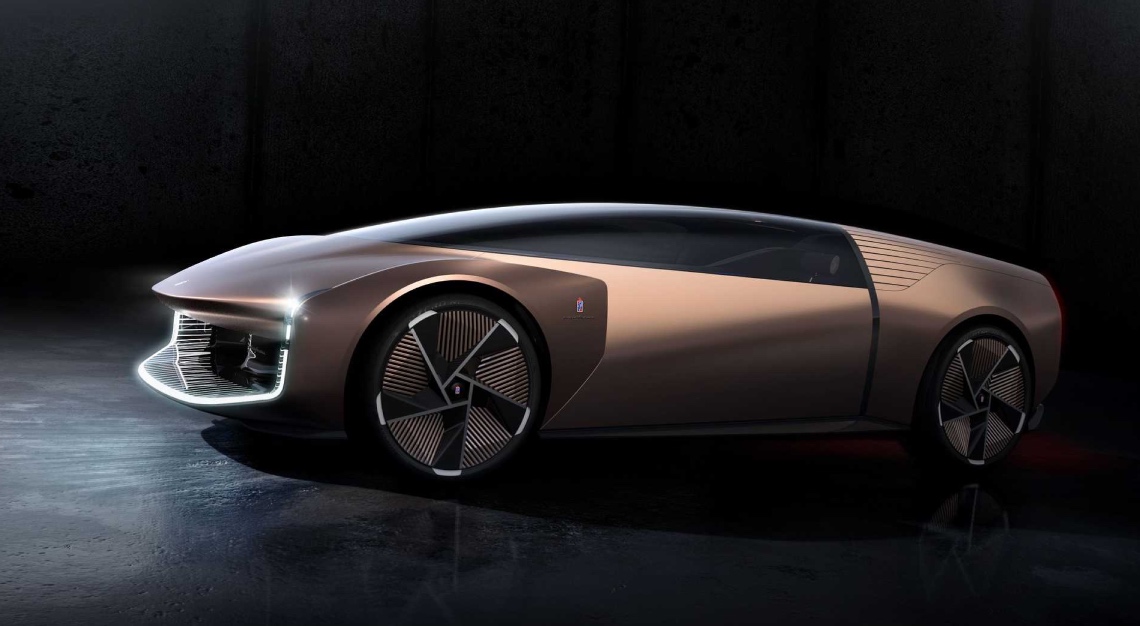If you knew the history of these cars, you’ll know that some of them carry design touches dating back decades
Heritage is a big thing with carmakers.
Not surprising, since nostalgia these days is an extremely valuable commodity. Plus, it also speaks to a carmaker’s provenance, useful in order to separate manufacturers with real history from the Johnny-come-latelies of the automotive world.
Here, we won’t be covering the really obvious ones, such as BMW’s kidney grilles and the Porsche 911 (the very embodiment of the retro homage), but we’ll be talking about the smaller nostalgic design elements on cars that you may have missed, details that are so often hiding in plain sight.
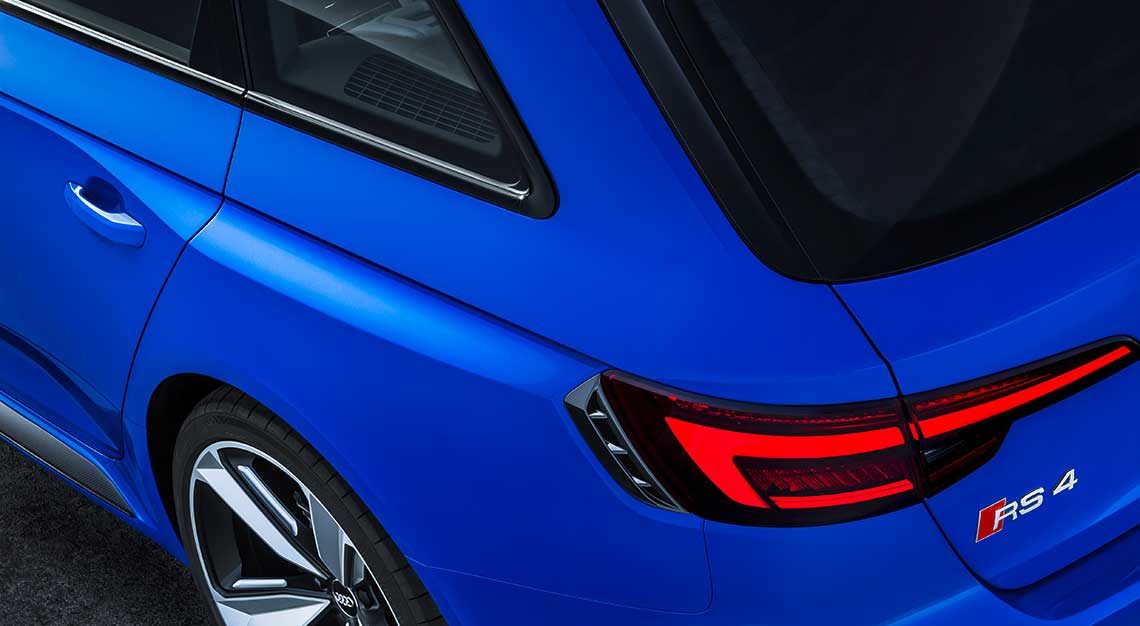

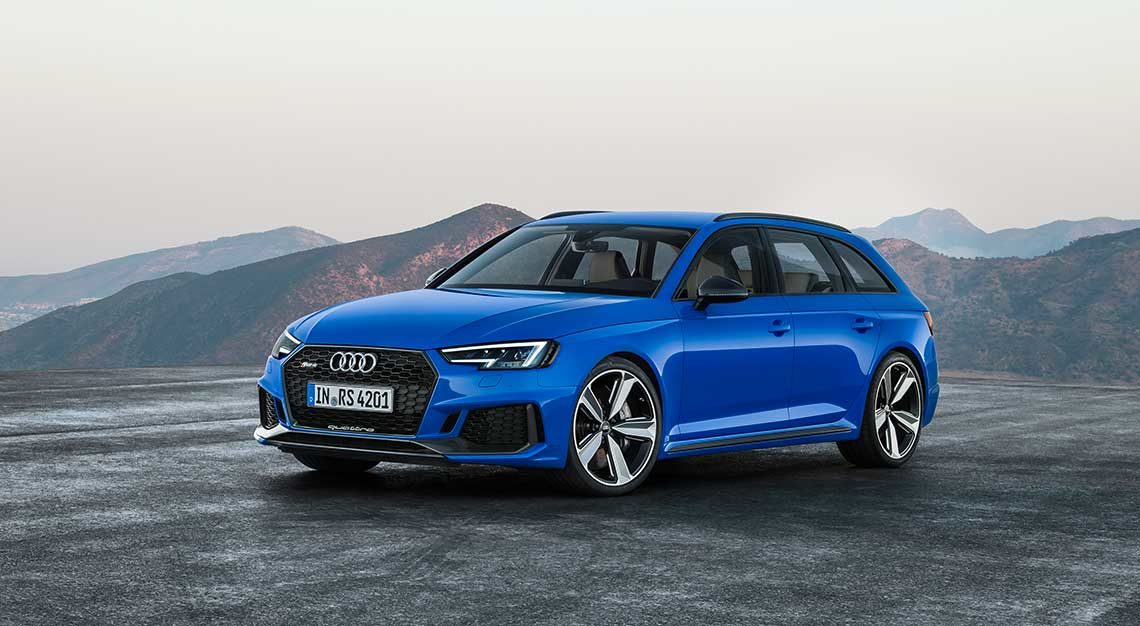
Audi’s quattro blisters
One of the hallmarks of Audi’s cars is their all-wheel-drive nature, a callback to the Audi quattro, the car that proved that both driven axles could belong on a performance car, and not just tractors.
That car’s drivetrain would not only inform Audis for generations to come, it would also gift the now-familiar ‘quattro blisters’ to the German manufacturer’s performance cars.
While many Audis today sport the original quattro’s signature squared-off wheel arches in some form or other, that design element is most apparent and exaggerated in the brand’s RS-badged performance models.
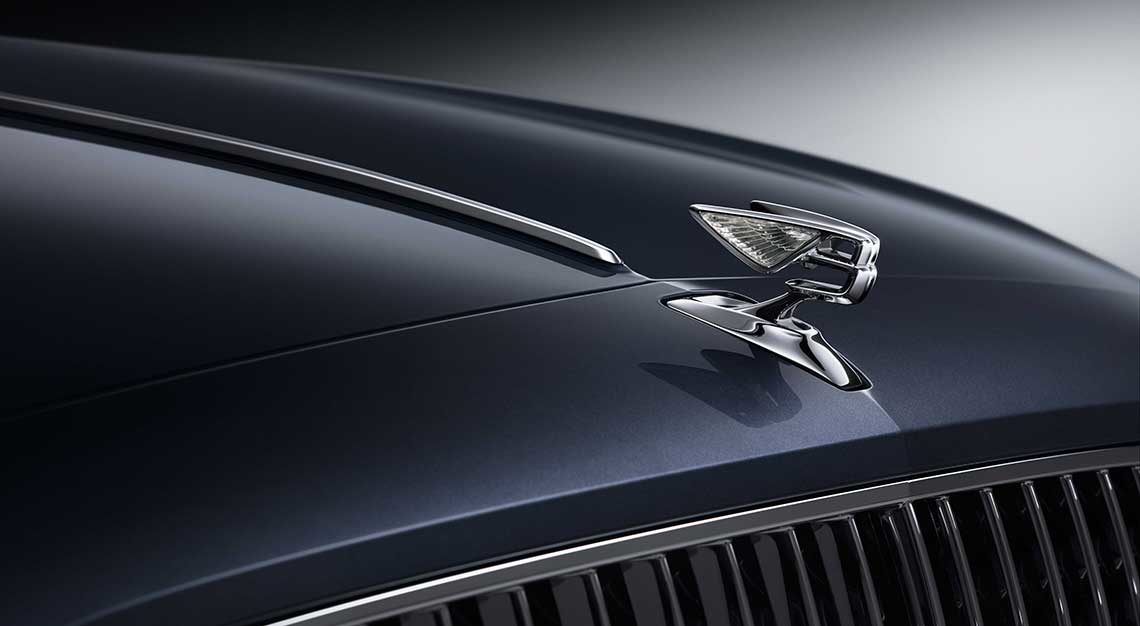
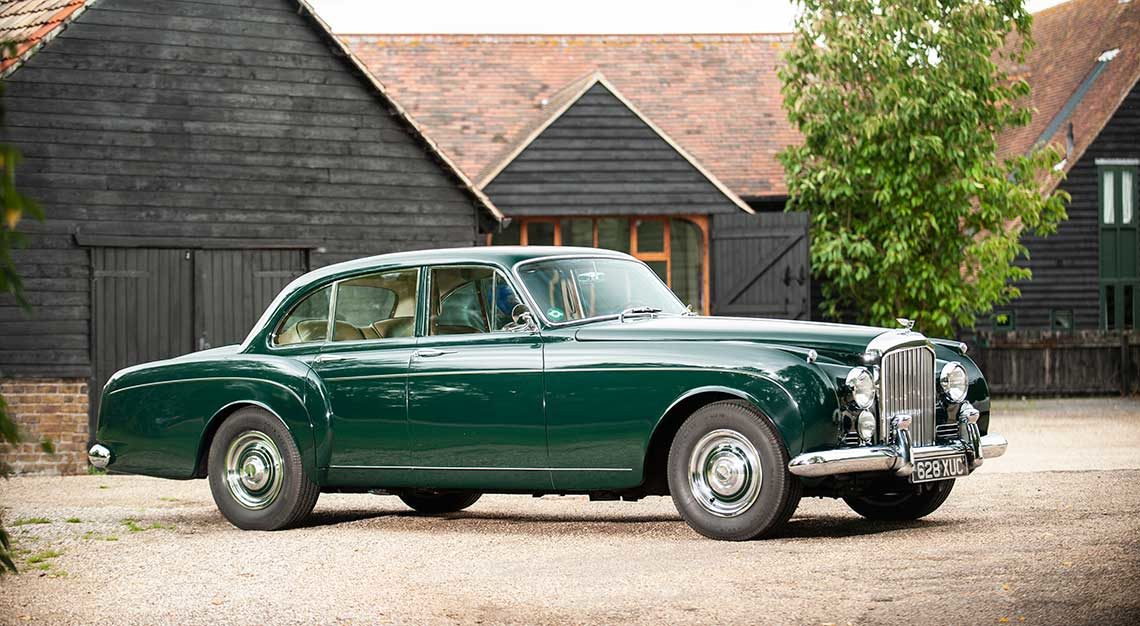
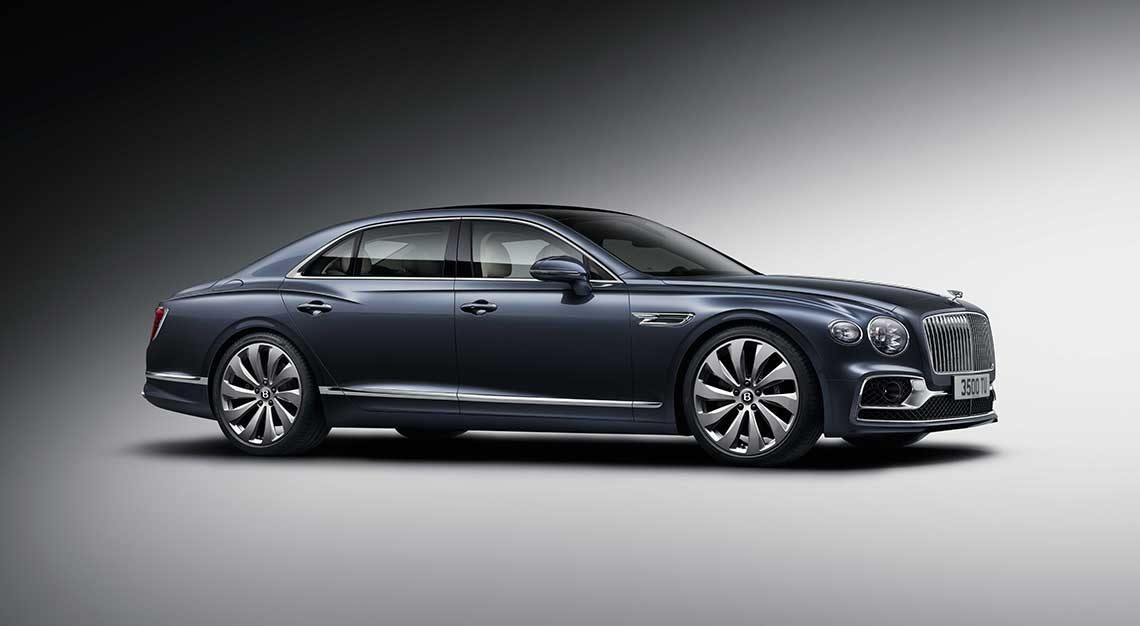
Bentley’s winged ‘B’ bonnet ornament
In 2019, the centenary year of Bentley Motors, it has seen fit to bring back its ‘Flying B’ bonnet ornament for the first time in modern history.
Once a common sight on the bonnet of any Bentley, that three-dimensional ornament has been missing for the longest time, replaced by a (comparatively) humdrum badge. But, as they say, better late than never, because the new Flying B ornament is better than ever.
Seen on the new Flying Spur, it rises to greet the driver when the car is approached and the feather of the bonnet ornament’s crystal wings are illuminated by a soft glow.

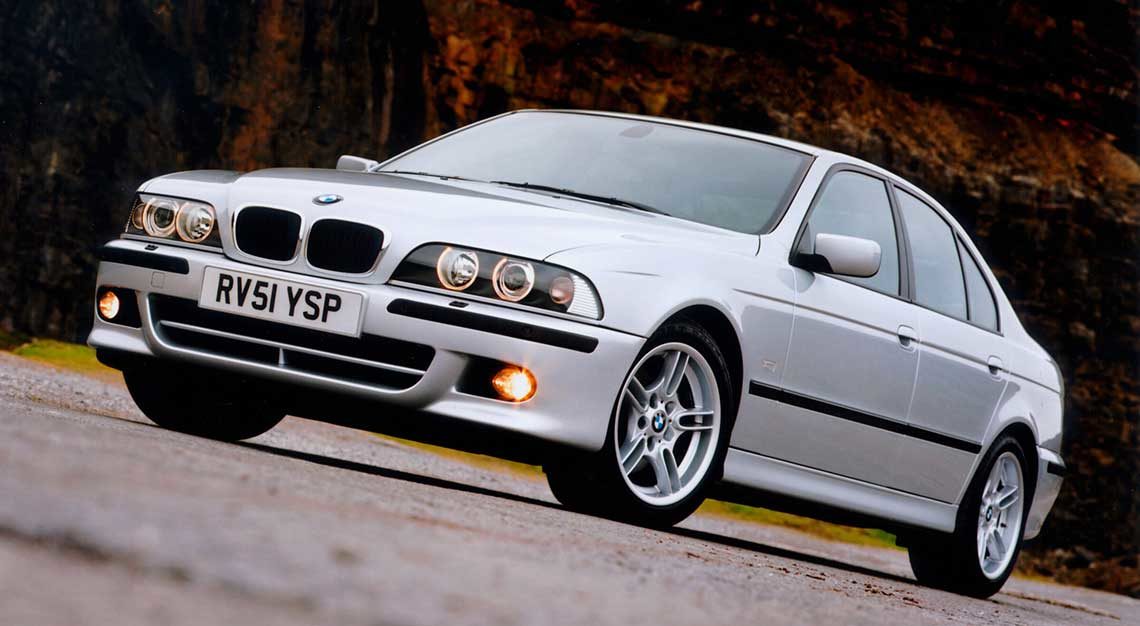
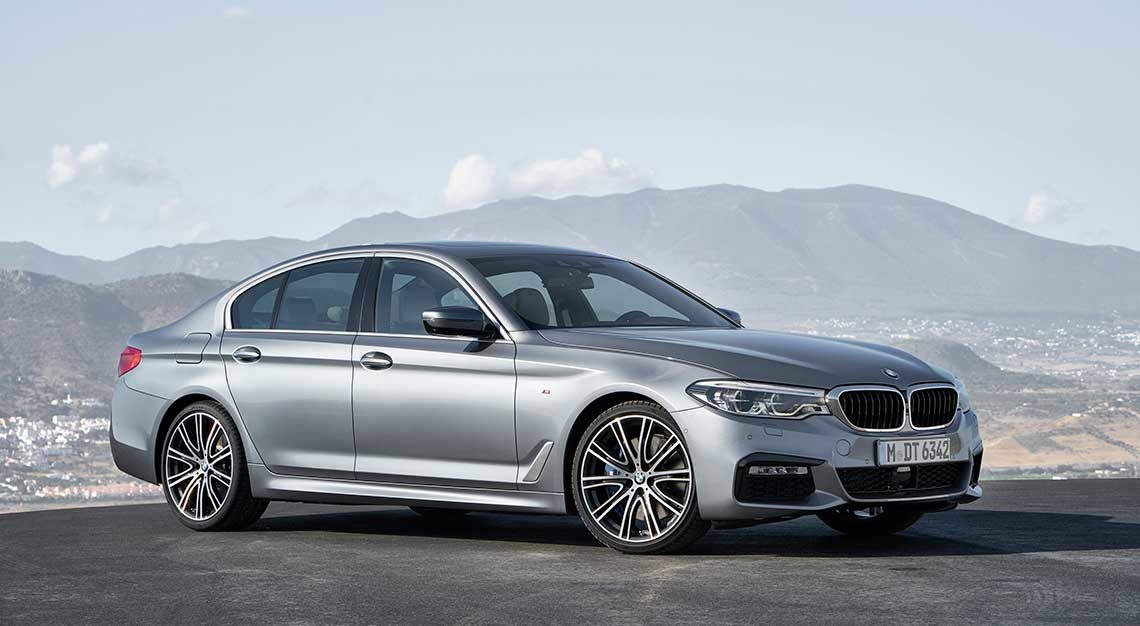
BMW’s corona ring headlights
Think of a signature BMW design element and you’ll probably think of its cars’ kidney grilles (deployed to monstrous effect in the new X7) or even the Hofmeister Kink, the nickname given to the compound-radius curve at the car’s C-pillar named after former design boss Wilhelm Hofmeister.
But what about daytime running lights? While Audi is widely credited with that particular revolution when it put LED daytime running lights on the R8, BMW arguably got there a decade earlier in 1995 with the E39-generation 5 Series.
The original implementation of the corona ring lights was rather crude by today’s standards, in that it produced a weak, yellowish glow. But Munich has since refined the technology, culminating in the ultra-bright, LED-powered ones seen on BMWs of today.

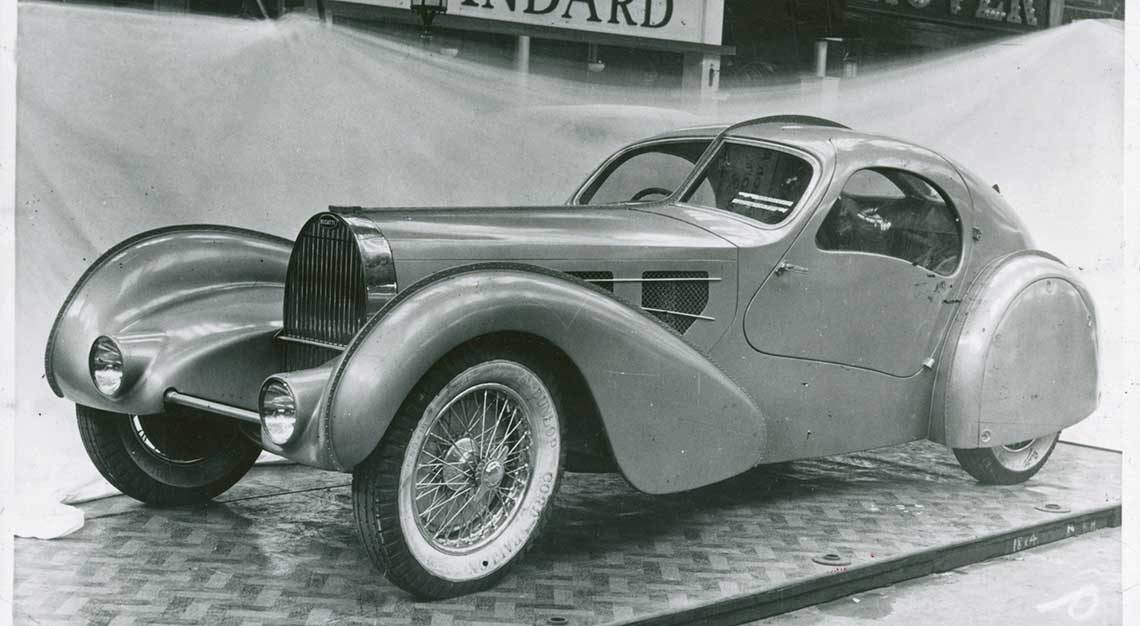
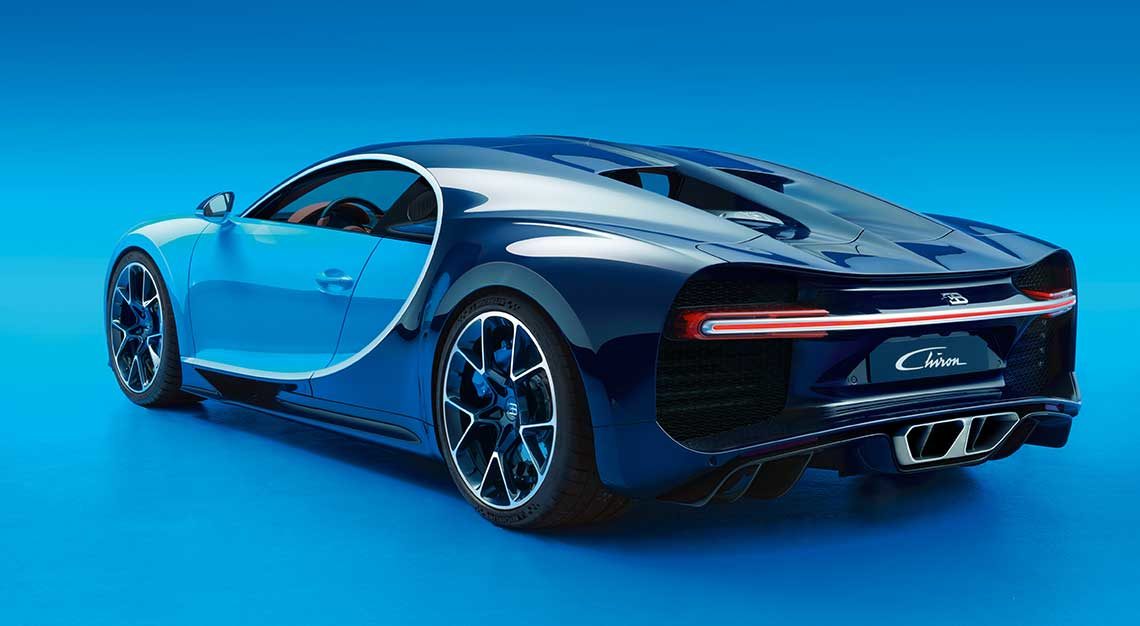
Bugatti’s dorsal seam
If it seems the Bugatti Aerolithe concept car of 1935 looks like it’s made of two separate halves joined together, that’s because it is. The highly flammable magnesium-alloy couldn’t be welded, so the halves were instead riveted together.
The dorsal seam would be carried over on the production Type 57 Atlantic, though it didn’t really need to, since those were made with not-so-flammable aluminium. That design touch would continue well into the 21st century with the Chiron’s floating central spar over the rear of the car and its split rear windows.
However, the most apparent homage to the Type 57’s dorsal seam is in the Chiron’s interior, with it splitting the hypercar’s cabin down the middle and highlighted still further by an LED strip.
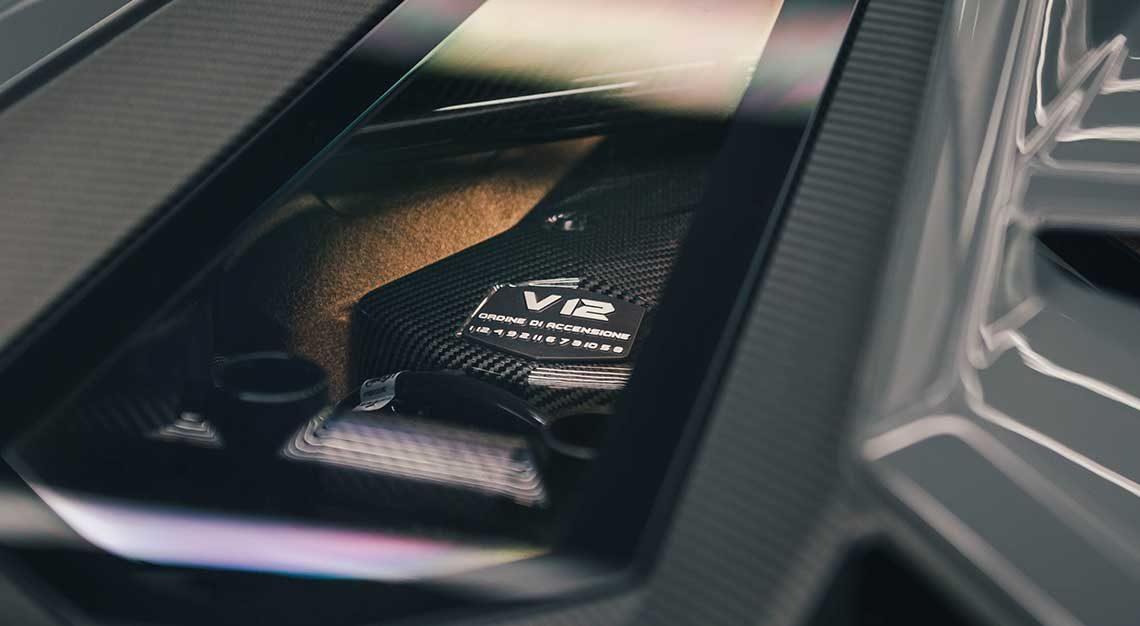
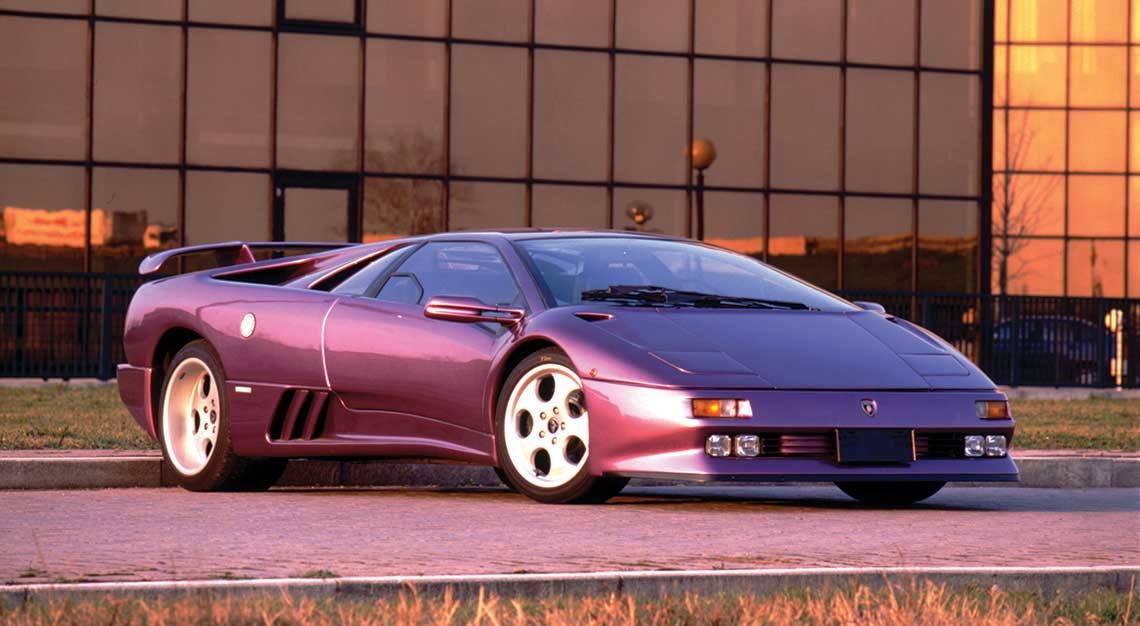
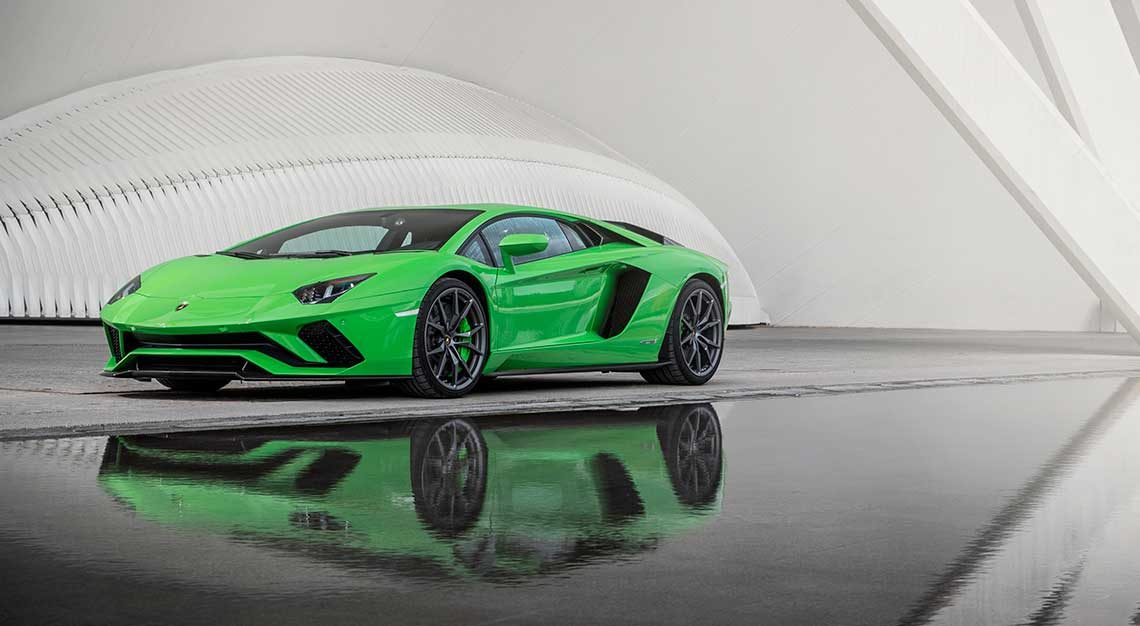
Lamborghini’s cylinder firing order plaque
The Apple iPhone wasn’t the world’s first touchscreen smartphone. However, it was the first to make the touchscreen smartphone sexy, and sexy counts for a lot. Similarly, Lamborghini wasn’t the first carmaker to inscribe the cylinder firing order onto its engine, but it was the first to do it, well, sexily.
It’s a little hazy as to which Lamborghini holds that particular honour, but the most prominent example has to be the Diablo of the 1990s. Lamborghini’s customers clearly must have liked it, because it’s a trend that continues today.
While the Diablo had a pretty dull-sounding (that’s because it’s in English), “firing order” embossed onto its monster V12 motor, modern Lamborghinis have “ordine di accensione” inscribed on a plaque. Because everything sounds better… and sexier in Italian.
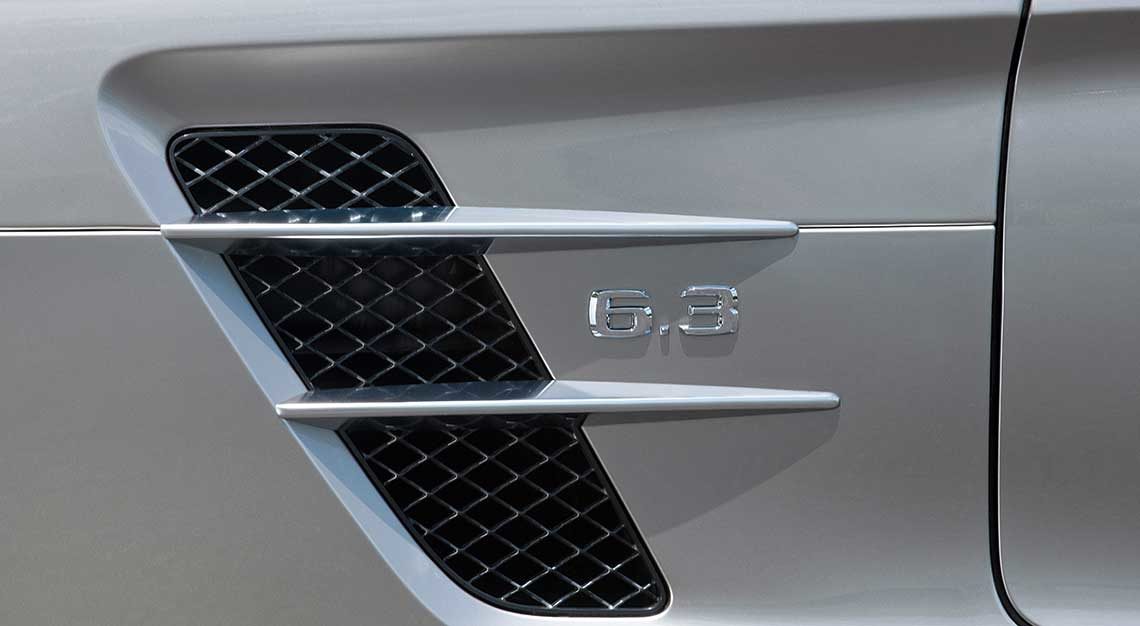
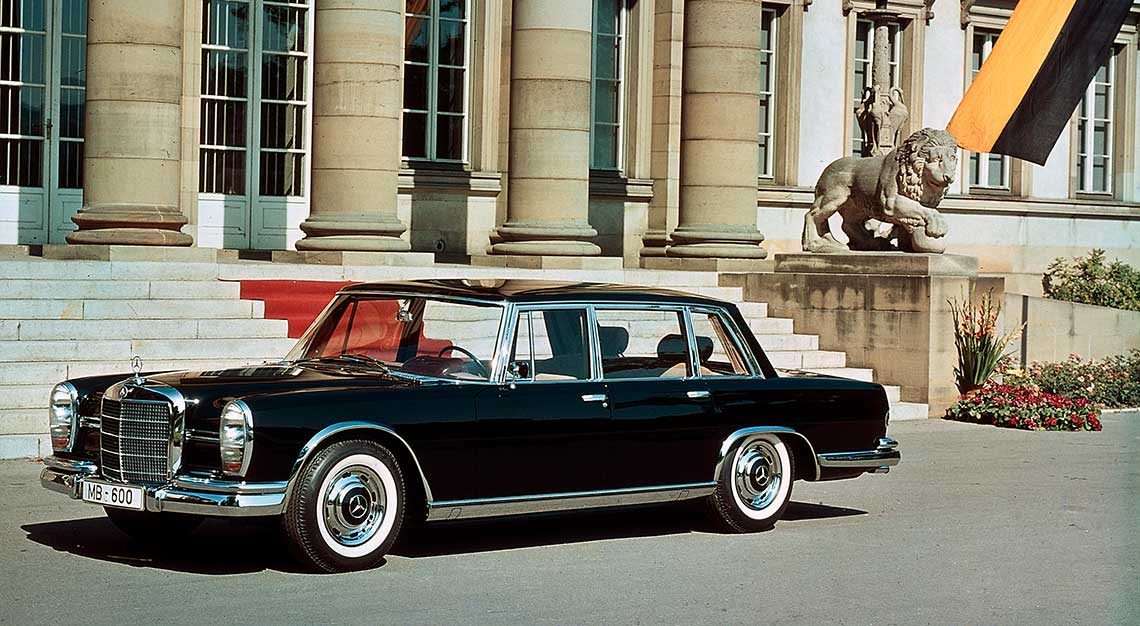
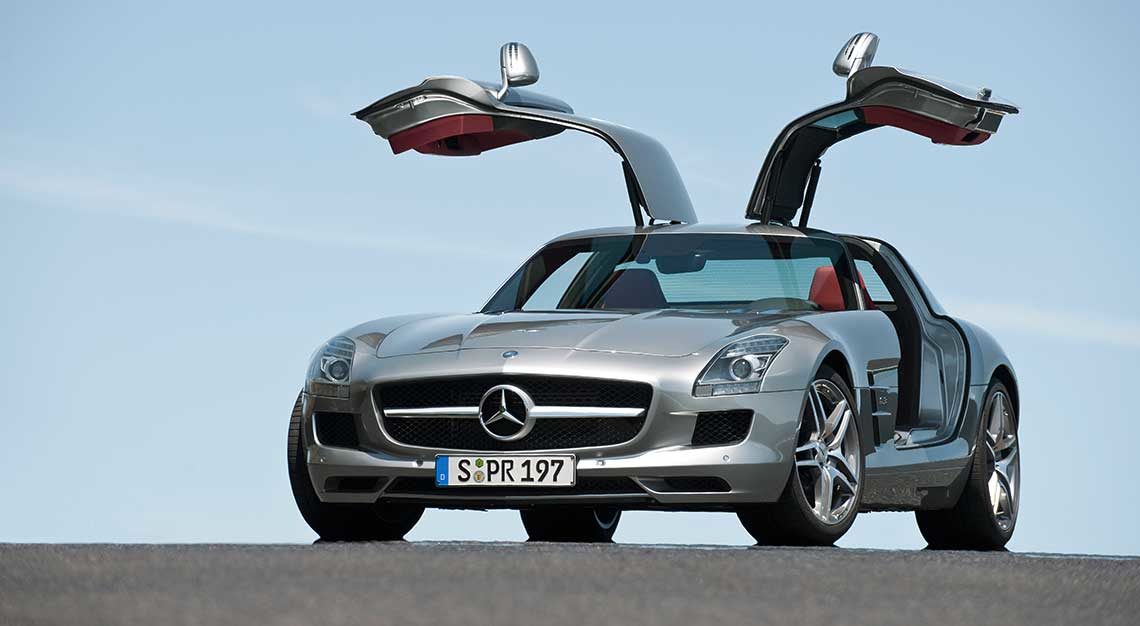
Mercedes-AMG’s ‘6.3-litre’ V8 engine
Once upon a time, AMG was not an official part of Mercedes-Benz, and instead, merely a third-party supplier of racing engines and later on, an aftermarket tuner for the automotive juggernaut.
And back then, AMG fully embraced the time-tested automotive mantra of “no replacement for displacement”, shipping its cars with monstrously sized and stupidly powerful naturally aspirated engines. The best example of which being the aptly named AMG Hammer in the late-1980s.
The swan song of the big, naturally aspirated V8 came with the 6.2-litre engine codenamed the M156, with the cars it was outfitted to bearing a 6.3-litre badge. If you’re wondering, why the added 0.1-litre puffery, it’s because that displacement is a tribute to the first production V8 made by Mercedes-Benz, the M100, which was used in the Mercedes-Benz 600 ‘Grosser Mercedes’.
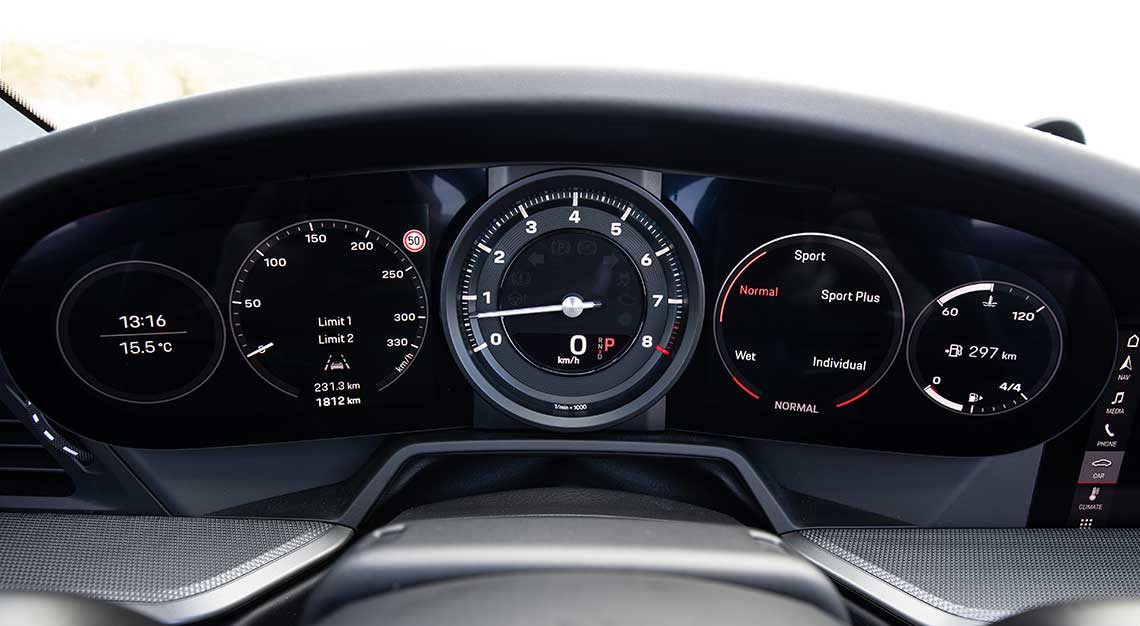
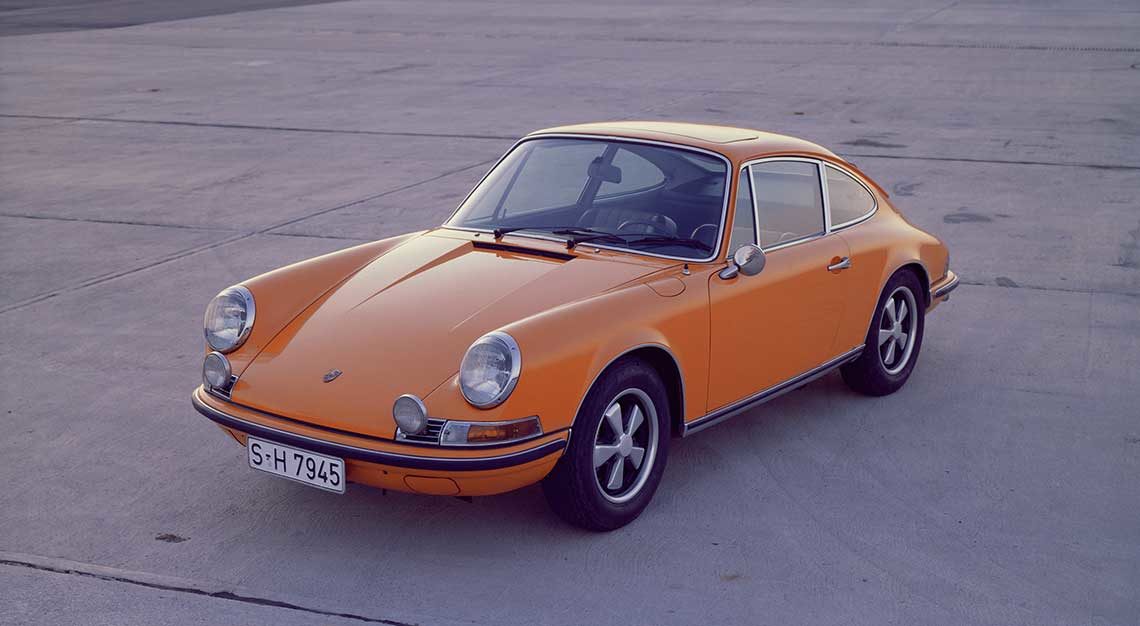
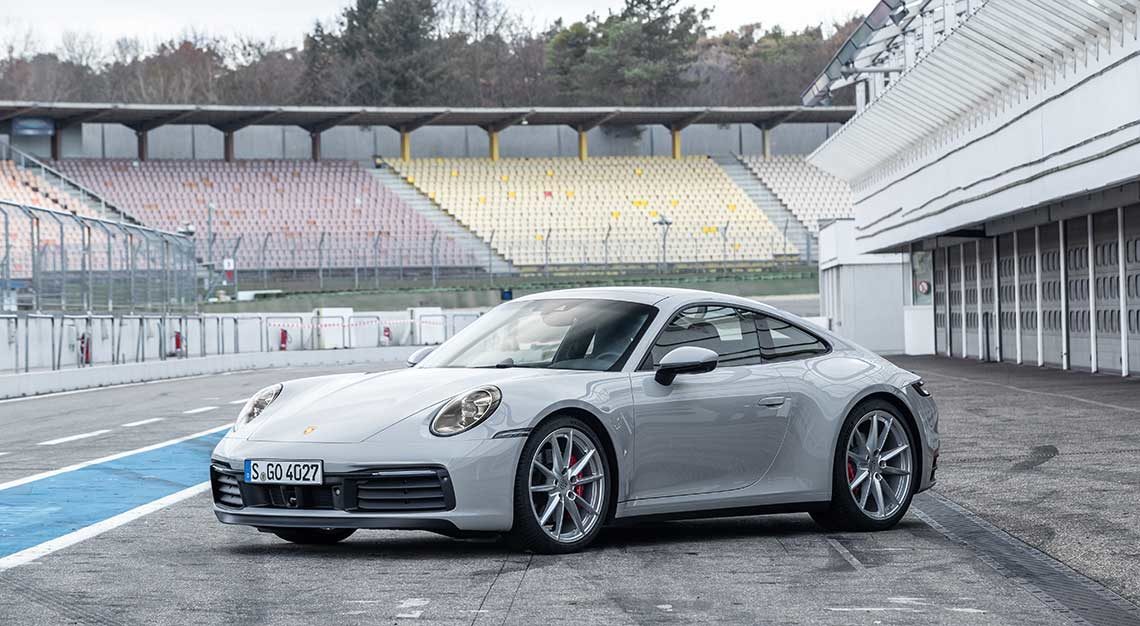
Porsche’s analogue tachometer
The 911 is far from being the only new-old-school thing in the Porsche lineup, though it is indeed the most recognisable. You’ll also notice that to start a Porsche, you’ll still have a twist a ‘key’, even though its cars have long since been equipped with keyless entry systems.
However, we think that the surest sign of how Porsche hasn’t lost sight with its past and racing heritage, is its insistence on the use of analogue tachometers. From the 718 Boxster all the way up to the Cayenne, a rev counter with a physical needle takes pride in place, even if flanked by digital screens.
The only exception to that could possibly be in Porsche’s upcoming Taycan electric car, mainly because being driven by electrons, there are no revs to count.
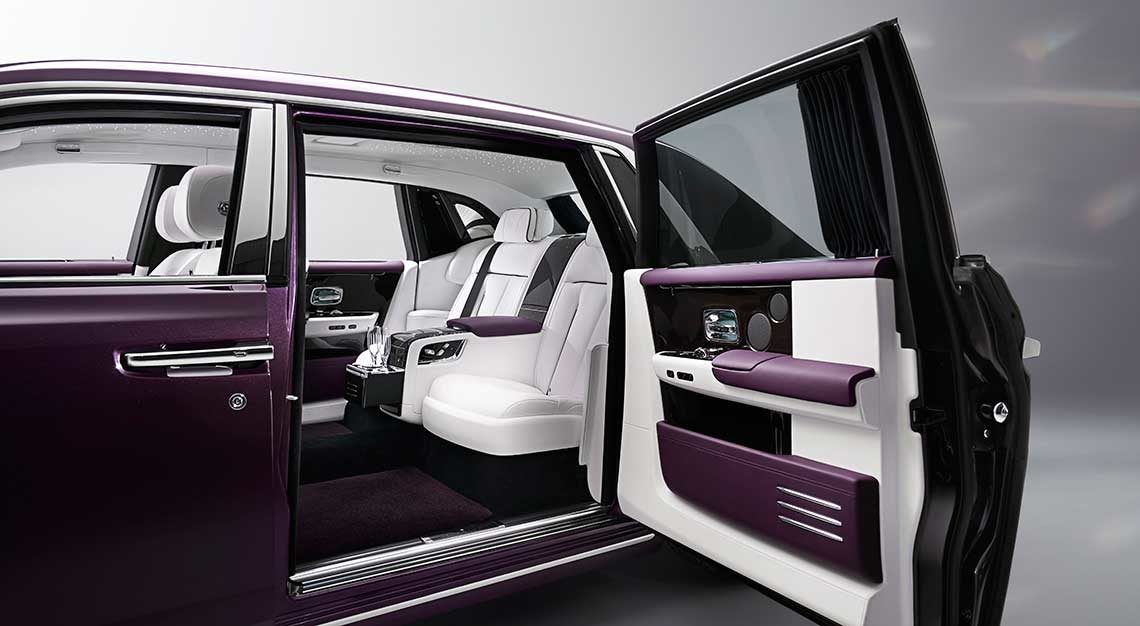
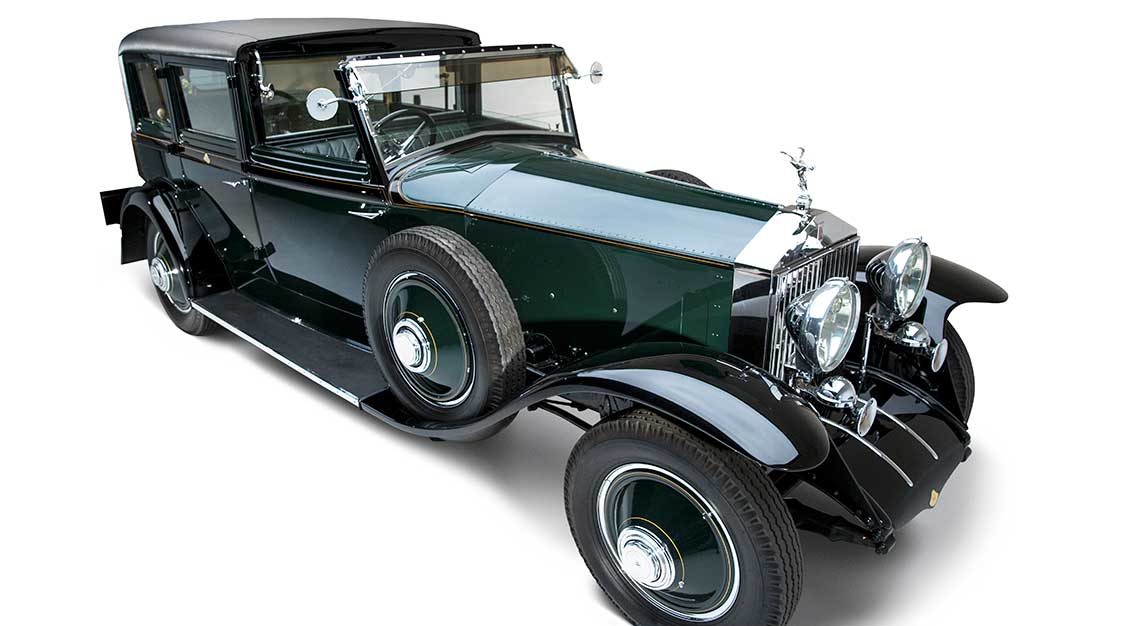

Rolls-Royce’s ‘coach’ doors
When it comes to Rolls-Royce, one could pick any number of styling touches that have stood the test of time. Specifically, the 115 years since the carmaker was founded in 1905. There’s its Pantheon grille with its vertical slats, the Spirit of Ecstasy perched atop it, or even the ‘organ stop’ controls used to open/close its air vents.
One delightfully retro thing you might have missed is the ‘coach’ doors used on its cars, with their hinges mounted on the rear, instead of the front of the doors. The idea is to allow for unobstructed ingress and egress. Since someone is going to open and close the doors for you (unlike the rest of the proletariat who have to do it themselves), having to reach that far forward for the door handles is a moot point.
Happily enough, modern Rolls-Royce cars have made it so that, on the off-chance your footman isn’t available that day, you won’t be inconvenienced in any way. Pushing a button mounted on the dashboard near the A-pillars automatically swings the doors shut.
